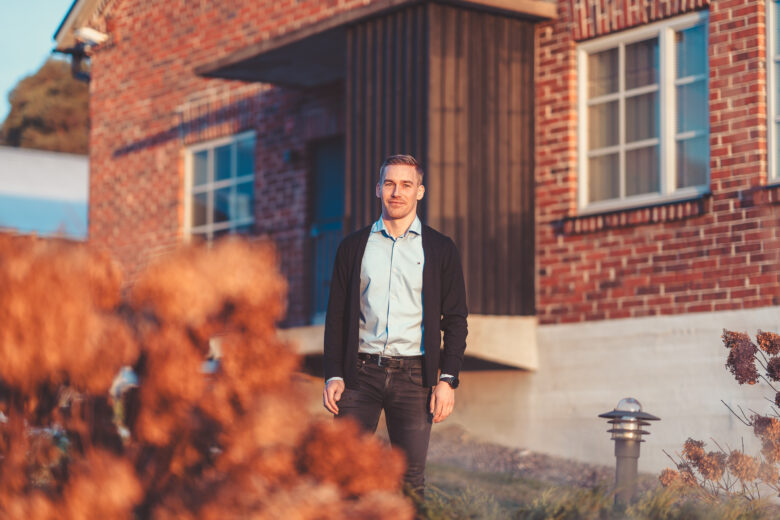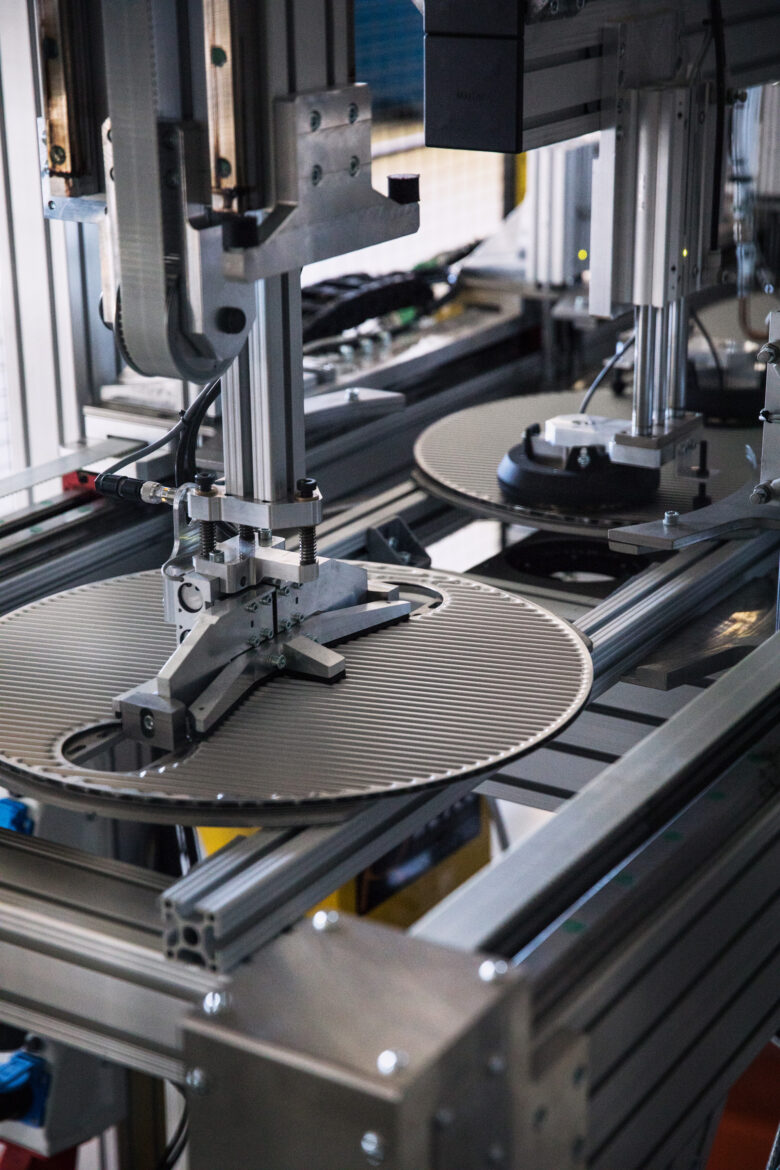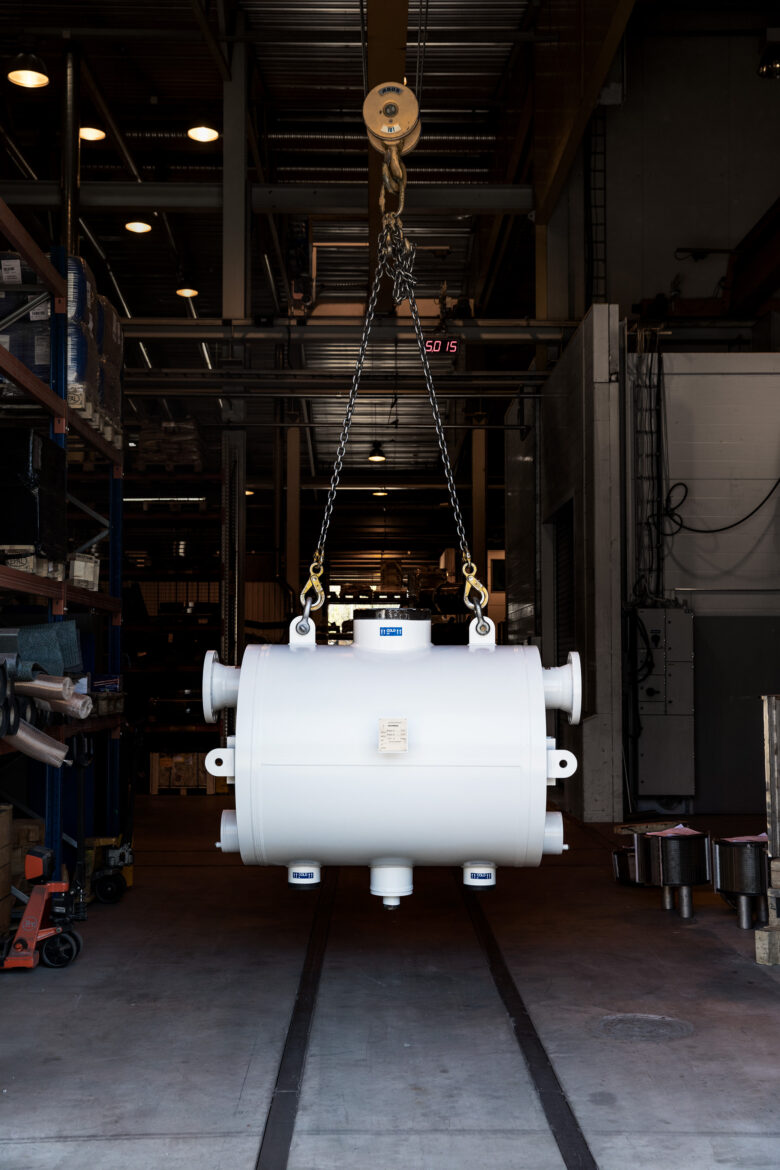Vahterus, based in Kalanti, designs and manufactures plate heat exchangers primarily for the process and chemical industries, the energy sector, and the refrigeration and heat pump markets. Product development is ingrained in the company’s DNA, as each product is tailored to the specific needs of individual customers.
While the Vahterus heat exchanger may appear to be a simple round metal component – playfully nicknamed the “washboard” by the company’s founder, Mauri Kontu – the company rarely offers off-the-shelf products.
“Our customers have unique processes, and we design heat transfer solutions to suit them”, explains Valtteri Haavisto, chief technology and development officer at Vahterus.
Every day at Vahterus brings something new. While some solutions are repeatable, it’s safe to say that product development is at the core of the company, which employs more than 130 engineers.
This involves optimising the product’s performance and studying how heat transfers through liquids or gases flowing between the plates.
“Rotating the plates by just a few degrees can change the turbulence inside, resulting in different outcomes”, Haavisto explains. “The more we understand fluid dynamics and heat transfer as phenomena, the better we can innovate. Testing and calculations are a key part of our work.”

Product development as problem-solving
Vahterus has ambitious growth targets. With a 12% annual growth rate, the company aims to double its turnover to €200 million by the end of the decade.
“When growth is a regular topic of discussion, it becomes part of the company culture. As ambition grows, everyone understands that development requires taking bold steps towards new opportunities”, says Haavisto.
However, innovation in the heat transfer industry is a slow process. Vahterus’ key product has been on the market for 30 years, while competing products have existed for more than a century.
“In our field, we don’t need to fear overnight changes, as in the electronics or digital industries. However, if our product doesn’t succeed on the market, or if we realise it isn’t good enough, it must be improved.”
For Haavisto, product development is problem-solving.
“Our biggest driver is when we realise, ‘Oh no, this doesn’t work’. This raises a flood of questions: Why doesn’t the product work? How can we improve it? Do we understand thermodynamics well enough to make the required improvements?”
Customer needs often catalyse the development process.
“Sometimes we don’t have a suitable solution for a customer’s needs. That’s when we start prototyping and testing, and if the end result is good enough, we turn it into a standard product.”

Collaboration with customers
Haavisto believes that development work is most effective when done in collaboration with customers. Working in isolation can backfire later.
“If we develop something in a silo and bring it to market three years later, the market may have changed, and customers might already have new products on offer. Although it might sound boring, my principle is that it’s okay to introduce a slightly unfinished product to the market.”
Haavisto cites the launch of Apple’s iPhone nearly 20 years ago as a classic example of successfully releasing a product still in its development phase.
“The first model was terrible, but now we all have iPhones”, he says. “Launching an unfinished product can be tough, but it provides valuable lessons and ensures that you stay in the game. Apple dared to launch a product before it was perfect and completely cornered the market.”
Sometimes, development efforts involve missteps – products may hit the market too early or they may take too long in development. Therefore, staying closely connected with customers is essential.
“We need to listen to our customers and understand what they want. It’s equally crucial to track global trends – whether it’s changes in regulations or operational practices. For example, the energy sector is currently at an exciting stage. Massive pilot projects are being prepared worldwide for hydrogen utilisation and carbon capture, and it’s still unclear when these will lead to actual investments. We’re watching these developments with great interest.”

Text: Katja Hautoniemi
Photos: Jarno Hiltunen and Vahterus Oy
This article is part of the TKI-kompassi project, funded by the Regional Council of Southwest Finland.

